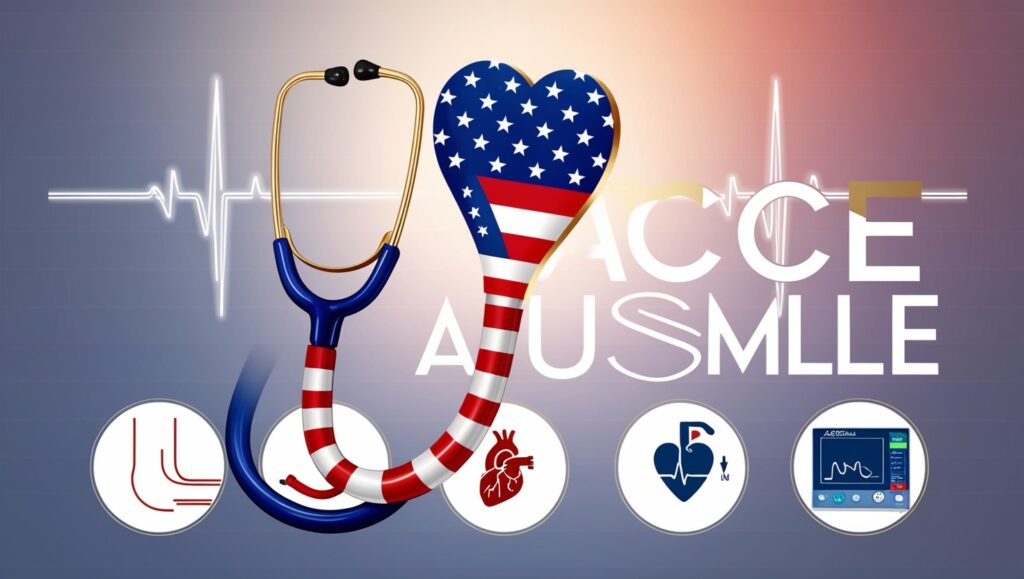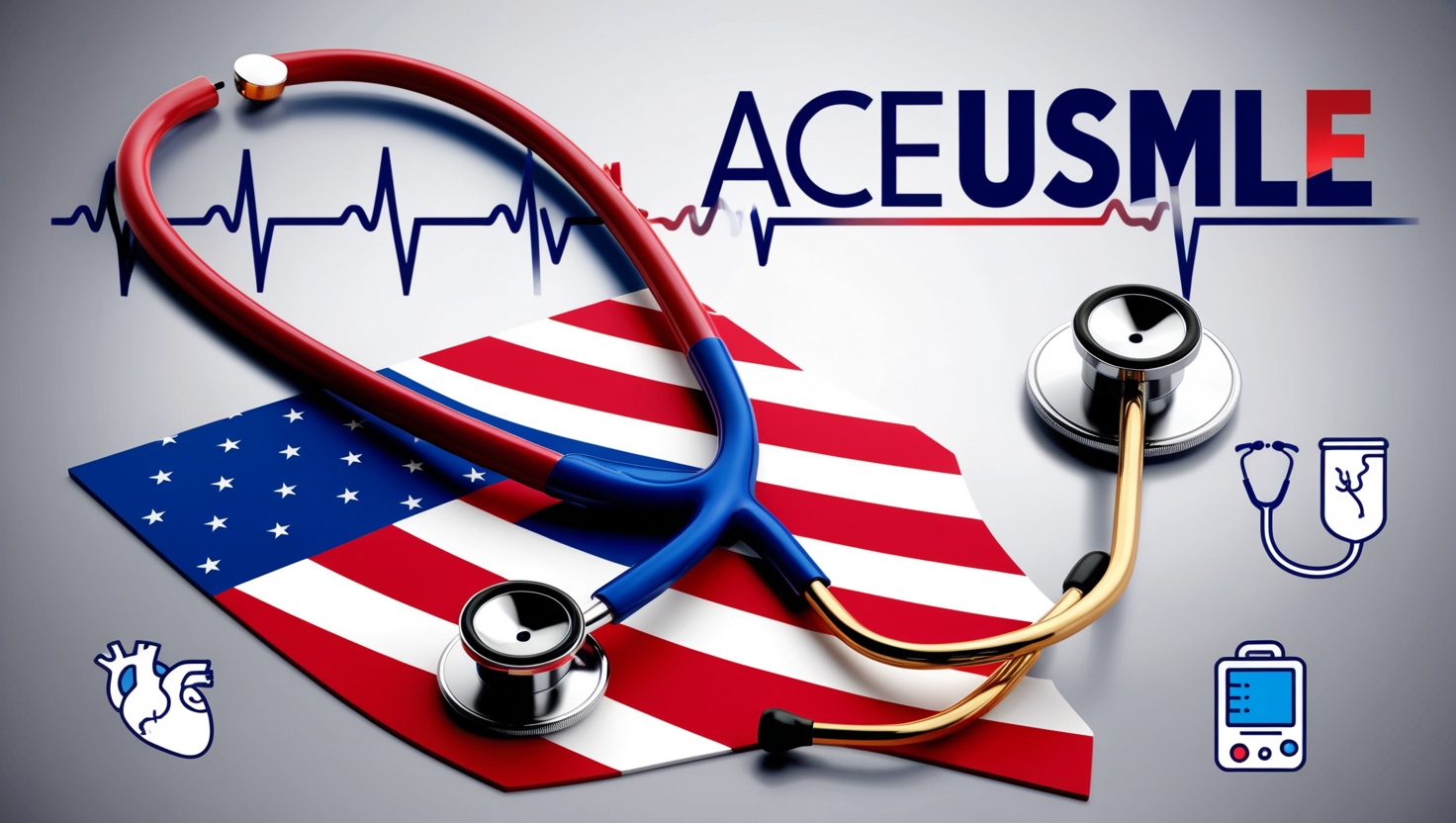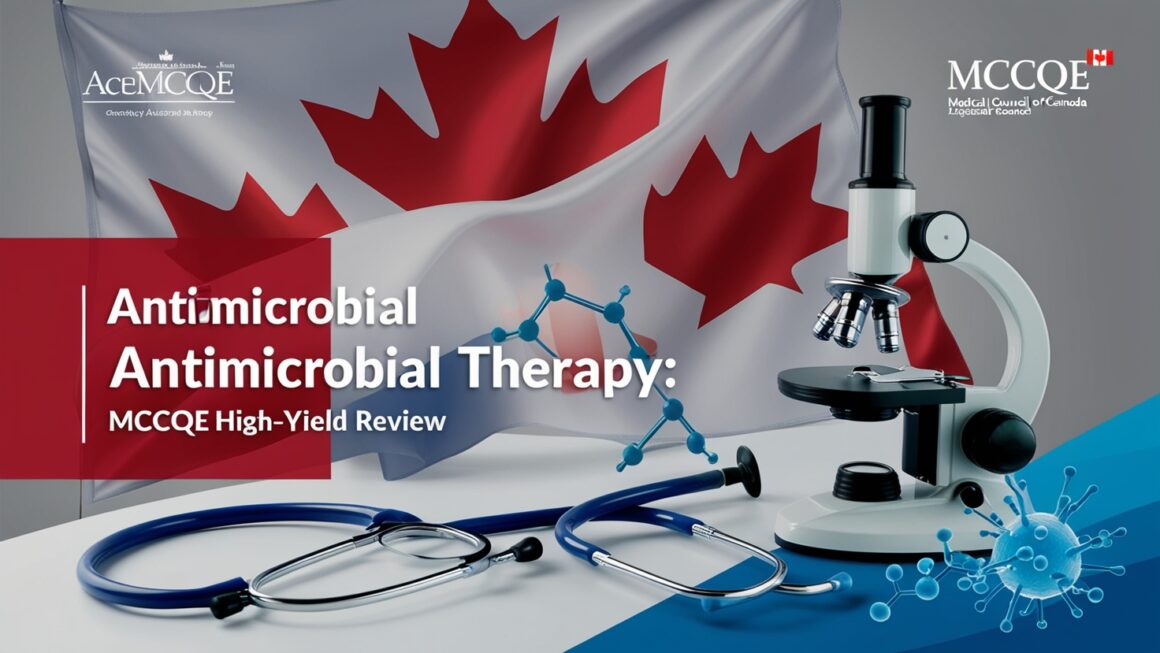The cardiovascular system is one of the most crucial topics in medical education, particularly for the United States Medical Licensing Examination (USMLE). A thorough understanding of cardiovascular pathophysiology is essential for excelling in the USMLE and for managing real-life clinical scenarios. This blog will cover high-yield concepts in cardiovascular pathophysiology, including major diseases, diagnostic approaches, and key mechanisms that medical students need to master.
1. Overview of Cardiovascular Pathophysiology

Cardiovascular pathophysiology focuses on the mechanisms underlying heart and blood vessel diseases. The cardiovascular system consists of the heart, blood vessels, and blood, which work together to supply oxygen and nutrients throughout the body. Any disruption in this system can lead to significant morbidity and mortality.
Key principles of cardiovascular pathophysiology include:
- Hemodynamics and blood flow regulation
- Myocardial oxygen demand and supply balance
- Electrical conduction abnormalities
- Vascular resistance and arterial pressure regulation
- Pathogenesis of atherosclerosis and thrombosis
2. Ischemic Heart Disease (IHD)
One of the most frequently tested cardiovascular conditions on the USMLE is ischemic heart disease (IHD). IHD results from an imbalance between myocardial oxygen supply and demand, primarily due to coronary artery disease (CAD).
Pathophysiology of Ischemic Heart Disease:
- Atherosclerosis: Progressive buildup of cholesterol plaques in coronary arteries leads to reduced blood flow.
- Endothelial Dysfunction: Damage to endothelial cells causes impaired vasodilation and increased clot formation.
- Thrombosis: Plaque rupture triggers platelet aggregation and clot formation, leading to acute coronary syndromes (ACS).
- Myocardial Infarction: Complete occlusion of a coronary artery results in ischemic necrosis of cardiac tissue.
Clinical Presentation:
- Stable Angina: Predictable chest pain with exertion, relieved by rest or nitroglycerin.
- Unstable Angina: Chest pain at rest, indicating impending myocardial infarction.
- Myocardial Infarction: Severe chest pain, often radiating to the left arm or jaw, associated with diaphoresis, nausea, and shortness of breath.
USMLE High-Yield Points:
- ECG Findings: ST-segment elevation (STEMI) vs. ST-segment depression (NSTEMI)
- Biomarkers: Elevated troponin and CK-MB in myocardial infarction
- Management: MONA therapy (Morphine, Oxygen, Nitrates, Aspirin), beta-blockers, and reperfusion therapy (PCI/thrombolysis)
3. Hypertension and Its Complications
Hypertension (HTN) is a major risk factor for cardiovascular disease. It is defined as persistent elevation in blood pressure (>140/90 mmHg) and is classified into primary (essential) and secondary hypertension.
Pathophysiology of Hypertension:
- Increased Cardiac Output: Due to excessive sympathetic stimulation or increased blood volume.
- Increased Systemic Vascular Resistance: Mediated by vasoconstriction or structural changes in blood vessels.
- Renin-Angiotensin-Aldosterone System (RAAS) Activation: Leads to vasoconstriction and sodium retention.
Clinical Consequences:
- Left ventricular hypertrophy (LVH)
- Stroke (hemorrhagic and ischemic)
- Chronic kidney disease (CKD)
- Hypertensive emergency (malignant hypertension)
USMLE High-Yield Points:
- Diagnosis: Blood pressure measurements on multiple occasions
- Management: Lifestyle modifications, ACE inhibitors, beta-blockers, calcium channel blockers, diuretics
- Secondary Hypertension Causes: Renal artery stenosis, pheochromocytoma, primary hyperaldosteronism
4. Heart Failure (HF)
Heart failure is a condition in which the heart is unable to pump sufficient blood to meet metabolic demands.
Pathophysiology of Heart Failure:
- Systolic HF: Reduced ejection fraction (<40%) due to impaired contractility (e.g., post-MI, dilated cardiomyopathy).
- Diastolic HF: Preserved ejection fraction with impaired ventricular filling due to stiff myocardium (e.g., hypertrophic cardiomyopathy).
- Neurohormonal Activation: RAAS and sympathetic nervous system exacerbate heart failure by increasing afterload and preload.
Clinical Presentation:
- Left-Sided HF: Pulmonary congestion, dyspnea, orthopnea, paroxysmal nocturnal dyspnea
- Right-Sided HF: Peripheral edema, jugular venous distension (JVD), hepatomegaly, ascites
USMLE High-Yield Points:
- Diagnosis: BNP levels, echocardiogram, chest X-ray (Kerley B lines in pulmonary edema)
- Management: ACE inhibitors, beta-blockers, diuretics, aldosterone antagonists
5. Cardiac Arrhythmias
Arrhythmias are disturbances in the electrical activity of the heart that can lead to serious consequences.
Types and Pathophysiology:
- Atrial Fibrillation (AF): Chaotic atrial electrical activity leads to irregular heartbeats and stroke risk.
- Ventricular Tachycardia (VT): Fast, abnormal ventricular contractions, may progress to ventricular fibrillation (VF).
- Bradyarrhythmias: Sinus node dysfunction, AV block (first, second, third degree).
USMLE High-Yield Points:
- Diagnosis: ECG findings (irregularly irregular rhythm in AF, wide QRS in VT)
- Management: Rate vs. rhythm control, anticoagulation in AF, defibrillation for VF
6. Valvular Heart Disease
Valvular diseases affect blood flow through the heart and are frequently tested on the USMLE.
Types and Pathophysiology:
- Aortic Stenosis (AS): Calcification of the aortic valve leads to left ventricular hypertrophy.
- Mitral Regurgitation (MR): Backflow of blood into the left atrium, causing volume overload.
- Mitral Stenosis (MS): Rheumatic heart disease is the most common cause, leading to left atrial enlargement and atrial fibrillation.
USMLE High-Yield Points:
- Murmurs: AS (crescendo-decrescendo), MR (holosystolic), MS (opening snap)
- Management: Valve replacement, diuretics, anticoagulation in AF
Conclusion
Cardiovascular pathophysiology is a cornerstone of USMLE Step 1 and Step 2. Understanding ischemic heart disease, hypertension, heart failure, arrhythmias, and valvular heart diseases can help students master high-yield concepts. Focusing on diagnostic criteria, clinical presentation, and management strategies will enhance performance on the exam and in clinical practice. Read more blog…



13 thoughts on “Cardiovascular Pathophysiology: USMLE High-Yield Concepts”
Comments are closed.